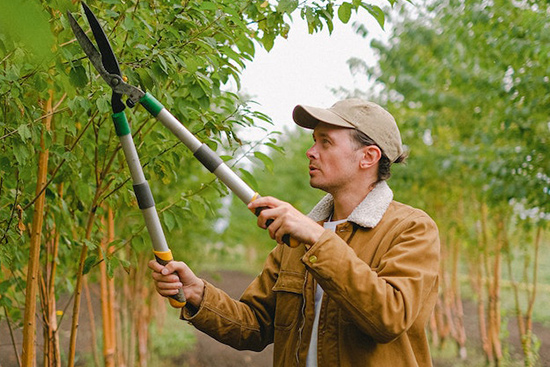The Role of Tree Pruning in Maintaining Healthy Urban Landscapes
Why Pruning Matters in Urban Spaces
Trees are essential for urban environments, providing shade, air quality, and mental health benefits. However, they face challenges like constrained root zones, vehicle emissions, and construction damage. Proper tree pruning helps eliminate hazardous branches, improve structure, and reduce storm failure risk. This is crucial for public safety and maintaining vibrant green spaces in busy neighborhoods.
Leveraging professional arborist service ensures trees are cared for using science-based techniques tailored to unique urban environments. Arborists are trained to identify hidden weaknesses in tree structure, encourage healthy growth patterns, and shape trees to thrive despite city stresses. Integrating expert care doesn’t just enhance the life of city trees; it amplifies their positive impact—helping communities flourish and city landscapes remain inviting places to live and work.
Optimal Timing and Best Practices
Tree pruning is crucial for tree health and longevity. Experts recommend pruning during the dormant season, typically late fall through early spring, to minimize sap loss and exposure to infectious tree diseases. Avoiding pruning during wet or warm months can lower disease risk for certain species. Pruning can be necessary in the growing season, but major cuts are reserved for dormancy. Pruning principles include the three-cut method, never topping a tree, and sanitizing pruning tools before cutting. By following these practices, arborists can ensure every pruning cut contributes to the tree’s continued health and longevity in urban forests.
Benefits of Pruning Backed by Research
Strategic pruning of urban trees is crucial for their resilience against storm damage and disease, making city parks and streets safer. Careful pruning leads to stronger limbs, better wound closures, and fewer pest and bacteria issues. Regular and thoughtful neighborhood maintenance increases property values and community sense, with properties adjacent to lush tree-lined streets seeing value jumps of up to 20%. Healthy city trees also filter air pollution, improve stormwater management and lower urban temperatures.
Supporting Biodiversity Through Careful Pruning
City trees can provide refuge for bird populations, pollinators, and beneficial insects in urban environments. Pruning non-hazardous features like small cavities, moss patches, or limited deadwood can sustain bird populations. Avoiding intensive pruning during breeding or migration seasons protects nesting birds and maintains a balanced ecosystem. Trees shaped for blossom and leaf production support urban wildlife diversity, even in densely built neighborhoods.
The Role of Community in Urban Tree Care
Supporting city trees involves individuals, families, and local groups. Community planting events educate residents about tree care, while volunteer pruning programs ensure young or at-risk trees receive attention. Involving schools and youth programs in tree care helps young people learn about ecology and responsibility. Data shows that communities with increased engagement have healthier, longer-lived, and more resilient trees.
read more : Hidden Loan Risks When Starting a Farm
Tree pruning plays a crucial role in maintaining healthy urban landscapes by promoting the structural integrity, appearance, and longevity of trees. Regular pruning removes dead, diseased, or hazardous branches, reducing the risk of injury or property damage while improving air circulation and sunlight penetration. It also helps shape young trees for optimal growth and enhances aesthetic appeal, contributing to cleaner, greener, and safer city environments. In urban areas where space is limited and environmental stress is high, proper pruning ensures trees remain healthy, resilient, and beneficial to both people and wildlife.

